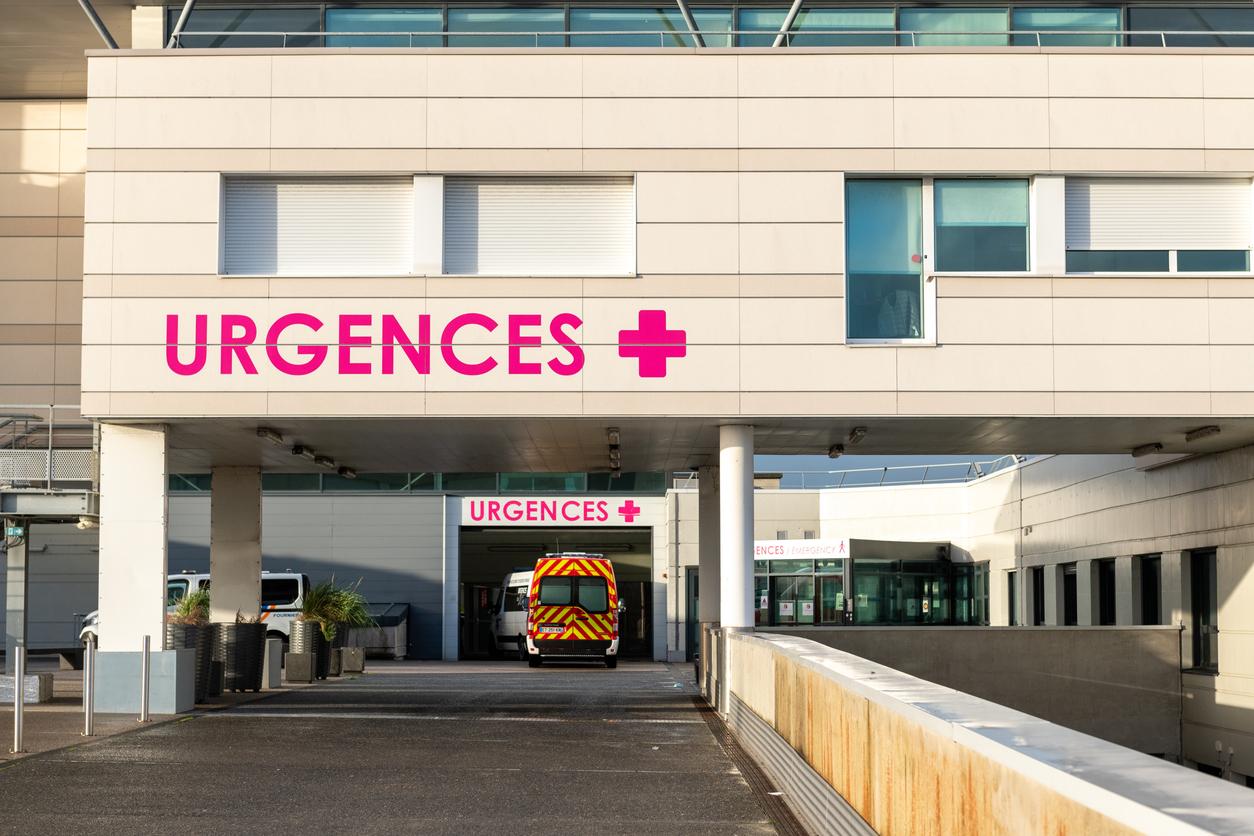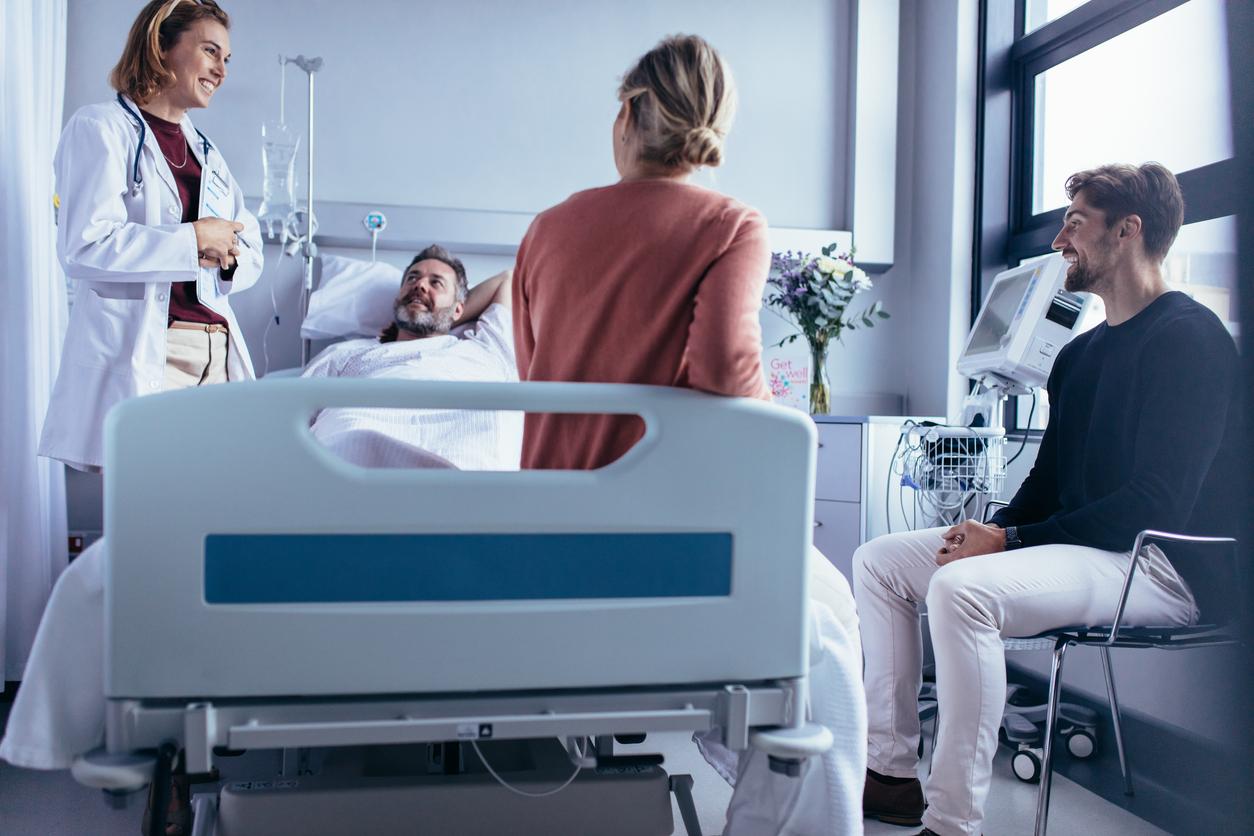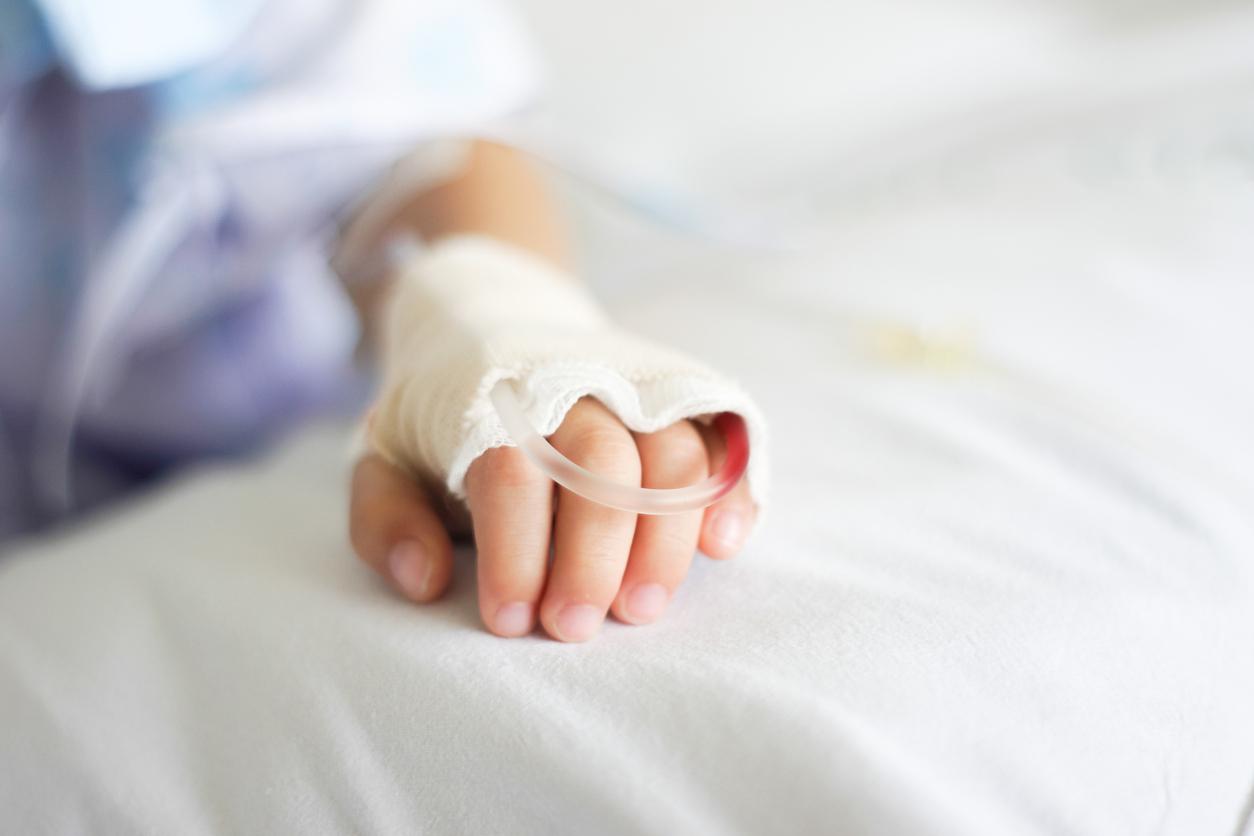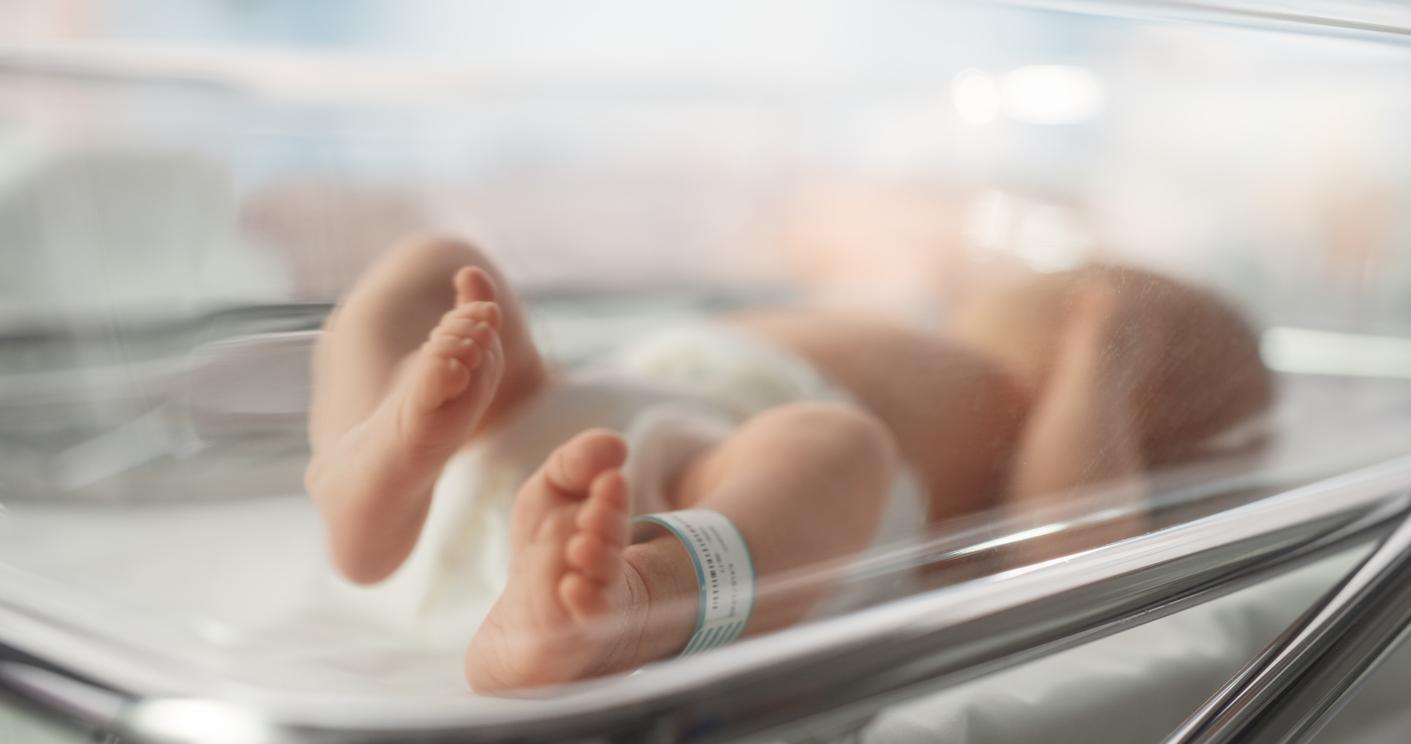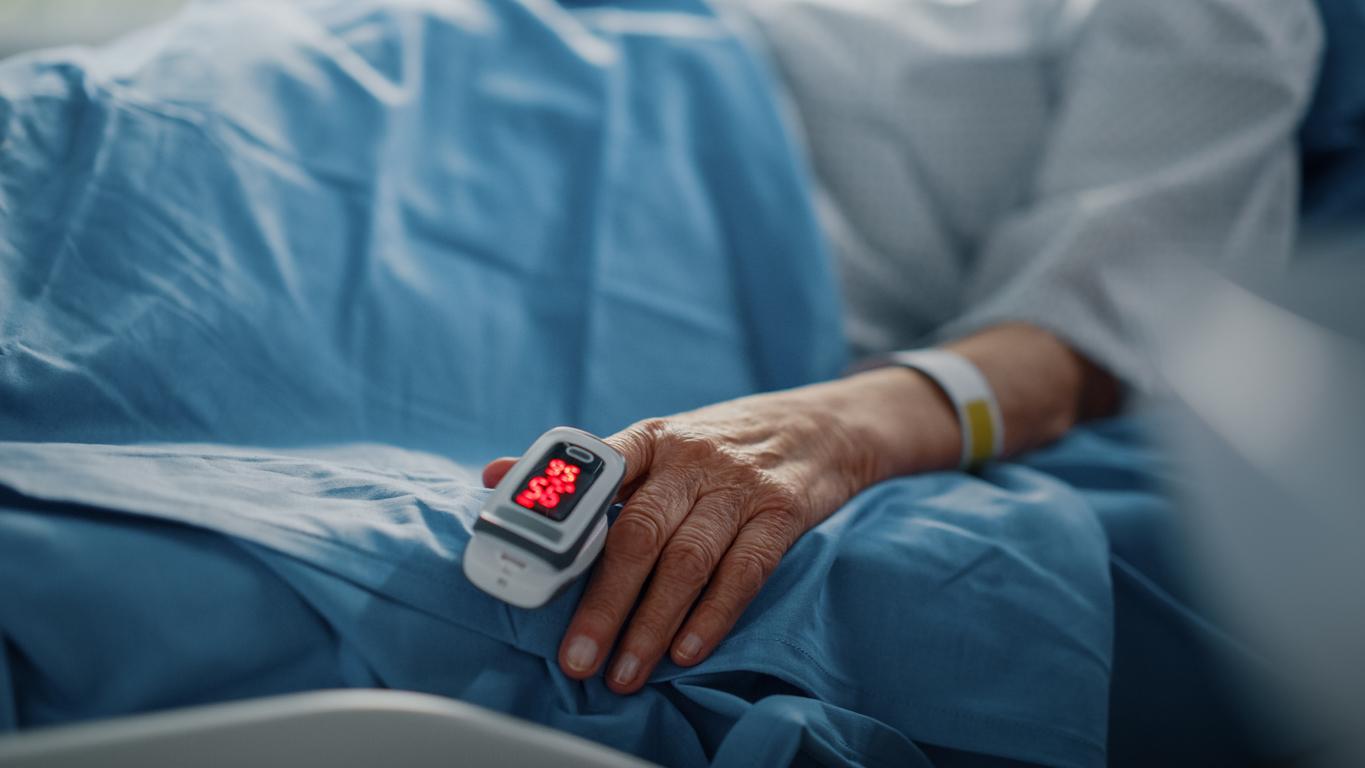Home hospitalization (HAD) complements, or even substitutes, short or medium-term hospitalization in a health establishment. Patients choosing this option benefit from care comparable to that provided in hospitals, as well as the comfort and security of their home. The Directorate of Research, Studies, Evaluation and Statistics (Dress) has just published a report reporting “Ten years of home hospitalization (2006-2016)”.
ADH increased 6.3% in 2016
The number of establishments paying for home hospitalization increased from 170 in 2006 to 313 in 2016. This figure is correlated with a clear increase in people going for this type of care. Before 2014, this growth was rather slow. It accelerated in 2015 with an increase of 4.3%, and 6.3% in 2016. More than 4.92 million days of ADH were thus carried out last year, which represents approximately 100,000 patients. . This is double what was done 10 years ago.
There are two configurations for using these services. Either it is necessary to appeal to “independent establishments, often associative ones, offering only this type of hospitalization; or to establishments attached to other general health structures, with traditional short- or medium-stay services ”explains the study. In France, the private for-profit sector has grown enormously and today represents 15% of the cost of ADH.
The most common treatments are complex dressings (poorly healing wounds, varicose ulcers, bedsores, etc.) and palliative care. On average, HAD lasts 28 days and the average age is 62 years. These are also figures which have increased in the space of 10 years.
Read also :
Fewer and fewer beds in French hospitals
Patient safety advances in hospitals
Hospital: 8 out of 10 patients satisfied with the management of their pain








